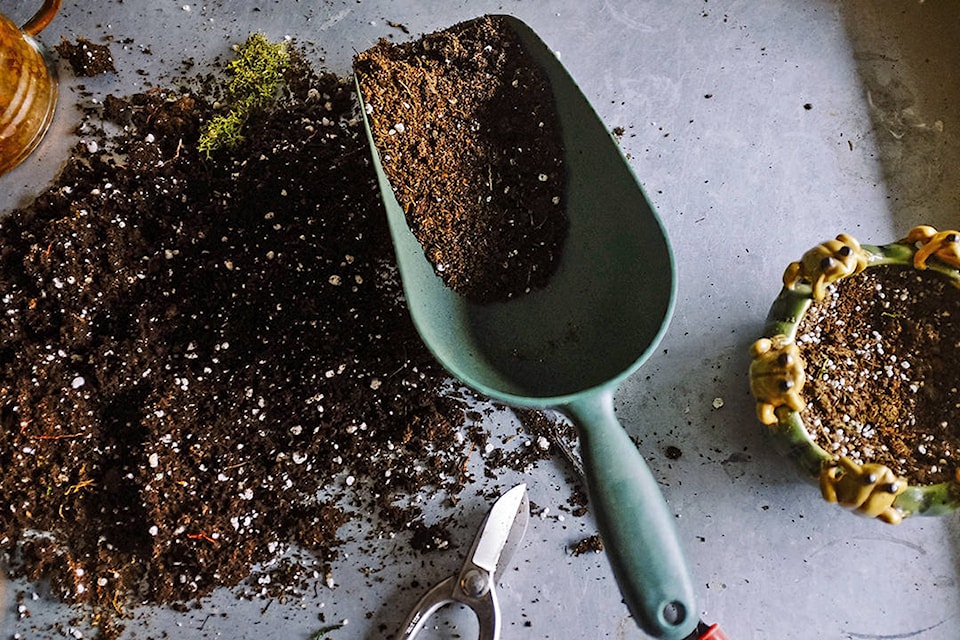By Anna McKenzie, Local Journalism Initiative Reporter, The Discourse
Meagan Saulnier says she has the best job in the world.
She works with urban Indigenous children and youth in foster care, connecting them to the land, and to their distinct and diverse cultures.
“Our children are especially looking for that sense of belonging,” Saulnier says. “It guides us in our identity and ways of being.”
Saulnier, who’s Mi’kmaq, is a cultural continuity worker with Surrounded by Cedar Child and Family Services (SCCFS), a Delegated Aboriginal Agency that provides programs and services for urban Indigenous children and youth in care in so-called Victoria.
At SCCFS, Saulnier says they recognize that social workers can’t do it all, which prompted their executive director to initiate cultural continuity programming to support Indigenous children and youth in care.
As part of the programming, Saulnier travels with the kids to their homelands, or attends cultural events like the annual Kamloopa Powwow.
“That is a really beautiful, transformational thing to see … when you’re there and you see kids put their feet on their territory,” Saulnier tells IndigiNews.
As a response to current travel restrictions which don’t allow for homeland trips or events, Sauliner shifted her efforts and began delivering plants and helping build medicine gardens at the homes of Indigenous kids, so they can stay connected during the pandemic.
“It’s been so hard on everyone’s spirit, but as Indigenous people … how we know to be, our ways of being, gathering and sharing food … that has been basically nonexistent. And so we’ve come up with creative ways of being outside,” she says.
To date, Saulnier says she has helped put together around 40 individualized medicine gardens, sourcing plants from the youth’s traditional territories, while also including plants from the lands they are on, as a way of honouring the traditional territories of the lək̓ʷəŋən people.
Saulnier says it’s important young people have ways to connect with the land.
She works to bring in Knowledge Keepers and engage youth in conversations about plants, where and how they grow, and their medicinal properties, she says.
“The intention is to eventually watch that plant to see how it grows, and build a relationship with it through the seasons and see what it needs, and then eventually be able to harvest and process the plant,” Saulnier says.
The youth practice “consent-based harvesting,” by speaking with the plants and offering gratitude, she says.
The medicine gardens program has branched out into other opportunities for youth, like learning about ceremonial practices, engaging with language, and regalia making, Saulnier explains.
Saulnier recalls supporting two siblings to plant a Saskatoon berry bush in their medicine garden, to honour their late brother. Another time, she says two of the older youth she works with were invited to share their stories at a public event.
“Often when you’re a child or youth in care, it’s sometimes focused on .125just.375 that and the struggles that have been in your life,” Saulnier says. “But to kind of step away from that for a moment and focus on this and your gifts … that’s really powerful.
“To be well, my belief is we do need to be connected to our culture and identity.”
She recognizes that coming together to engage with the land and with plants is a “multigenerational” practice, and helps educate non-Indigenous foster parents, she says.
Many of the caregivers for Indigenous youth are non-Indigenous, and the cultural continuity program supports them to nurture the child’s cultural and spiritual identities, she says.
“Sometimes there’s fear for non-Indigenous people around making a mistake, or not knowing what to do if you’re in community, and so it’s really like … it’s something universal as well, right? Like planting and the Earth, and the land.”
“It’s still vital to be connected, to go back to your territory to connect with your nation, whatever that looks like. We all have our different stories in our journeys as to why we’re disconnected,” she says.
“You can always go back to the land.”
